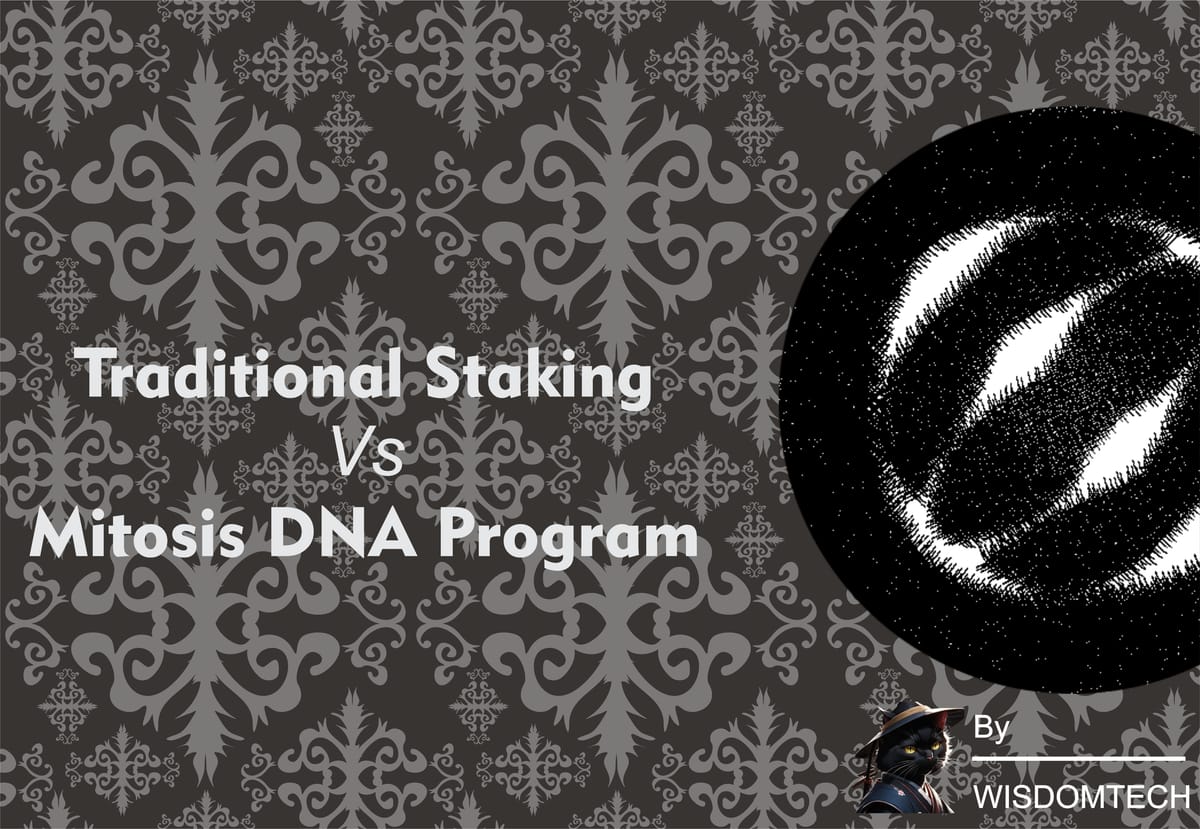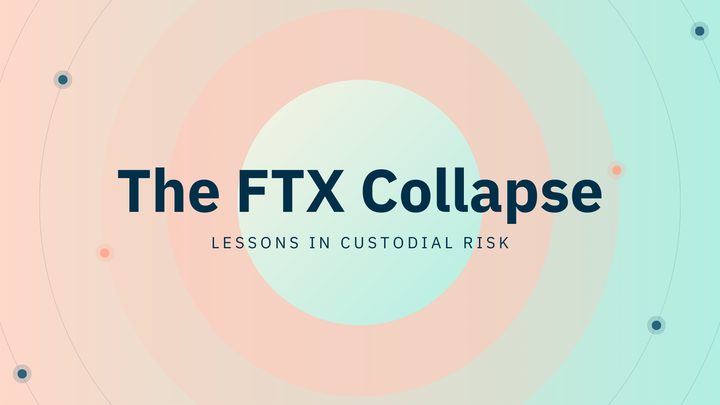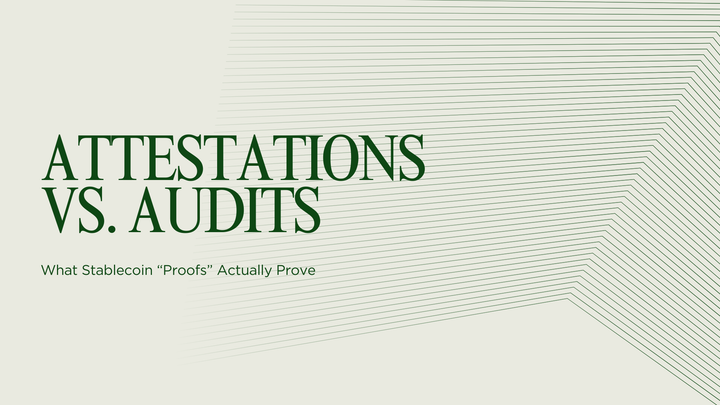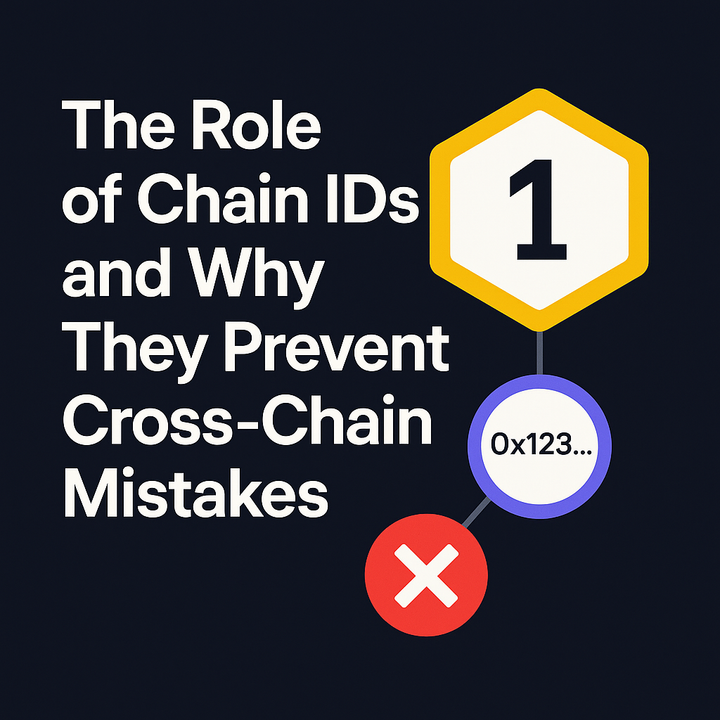Redefining Staking: How Mitosis Uses the DNA Program to Reward Long-Term Believers

Introduction
Staking was introduced in Web3 as a mechanism to align incentives, secure networks, and reward participants. In theory, it's the ultimate win-win: token holders contribute to the security and governance of a protocol and, in return, are compensated with rewards. But over time, staking has evolved and not always for the better.
Today, staking is often more of a financial game than a mechanism to show true belief in a network. Users hop between protocols for the highest short-term APY. Lockups are rigid. Rewards are often disconnected from the long-term success of the protocol. And worst of all, the deepest believers those who support a protocol beyond a pump cycle are often the ones least rewarded.
Enter Mitosis.
With its newly launched DNA Program, Mitosis is redefining what staking should look like in Web3 not just a financial strategy but a deeper alignment between protocols and long-term believers. It's not about staking and forgetting; it's about evolving with the protocol, earning in more meaningful ways, and participating in a multi-layered ecosystem that appreciates loyalty, flexibility, and contribution.
This article explores how Mitosis is overhauling staking through the DNA Program, what makes it different, and why it could become a blueprint for sustainable Web3 incentive models.
The Stagnation of Traditional Staking Models
Staking, at its inception, was a transformative innovation. It replaced energy-intensive Proof-of-Work mechanisms with Proof-of-Stake (PoS) systems that allowed users to lock up tokens and help validate transactions. It introduced a model where users could put their capital to work a sort of "earn while you hold" dynamic that appealed to both retail and institutional investors.
But as DeFi evolved, staking became stale:
- APY Chasing: Investors began hopping between pools for the best yield, often without understanding or engaging with the protocol.
- Rigid Lockups: Long-term lockups offered higher rewards but punished users who needed liquidity. Flexibility was sacrificed at the altar of security.
- Lack of Utility Beyond Yields: Staked tokens sat idle. Users had no governance rights, no access to community perks, and no secondary utility while their tokens were locked.
- Short-Term Incentivization: Many staking programs were simply mechanisms to inflate TVL and token price without building real network effects.
Staking, in many ways, became extractive rather than additive. It wasn’t about building with a protocol it was about draining it until the next APY fad emerged.
Mitosis aims to change that narrative.
The Mitosis Philosophy — Belief Over Capital
The Mitosis protocol wasn’t built for tourists, it was built for settlers.
The DNA Program is designed to reward long-term conviction over short-term capital games. It introduces a mechanism where participants are not only rewarded for staking tokens but also for staying aligned with the growth of the network over time.
Here’s what Mitosis is doing differently:
- No Fixed Lockups: Instead of punishing those who want flexibility, DNA introduces a non-linear reward curve that increases with the duration of commitment — not rigid locks.
- Multi-Asset Support: Users can stake not only the native MITO token but also miAssets, such as liquid staking derivatives, which opens new avenues for participation.
- Composability and Perk Stacking: DNA stakers don’t just earn MITO; they gain access to ecosystem-wide perks, points from partner protocols, and eligibility for future airdrops.
- Gamified Trust Curve: The longer you stay, the more DNA you accrue, and the more benefits you unlock. This DNA is not just a metric, it's a signaling layer that the ecosystem can build on top of.
The goal? Make staking not just an act of yield farming but a holistic relationship with the protocol.
Anatomy of the DNA Program
So how does it all work?
At its core, the DNA Program introduces a non-transferable trust layer called DNA Points, which accrue as users deposit supported assets into Mitosis Matrix Vaults. The longer an asset is staked, the more DNA points it generates.
Key Features:
- Dynamic Rewards: Instead of offering fixed APYs, Mitosis uses a dynamic system where rewards and perks scale with time true believers are better rewarded.
- Asset Agnosticism: You can stake multiple assets: MITO, ETH, LSDs, and more, and still accrue DNA.
- Boosted Ecosystem Access: DNA isn’t just a number. It’s a passport to partner benefits, governance influence, and early access to new features.
- Decaying Mechanism: If users withdraw early, DNA decays. This discourages short-term farming and encourages genuine alignment.
The DNA model introduces a “Proof of Loyalty” system — a new primitive in Web3.
Mitosis Matrix Vaults: A New Infrastructure Primitive
Mitosis doesn’t just reward you for staking, it redefines what staking means through Matrix Vaults, a new modular infrastructure layer.
Matrix Vaults are asset containers that:
- Aggregate Yield: Deposited assets earn yield from strategies deployed across protocols like EigenLayer, Pendle, or Curve.
- Governance: Participating users get gMito and lMito assets which gives access to participate in mitosis goveranance.
- Maintain Liquidity: Many of these assets are liquid or transferable through synthetic representations, giving users optionality.
This unlocks a powerful loop:
Stake → Earn → Build DNA → Access Ecosystem Perks → Repeat
The vaults are designed to stack yield with long-term protocol incentives a feature rarely seen in Web3 infrastructure.
Long-Term Believers Get the Most
The biggest winners in the DNA Program are not those with the most capital, but those with the most conviction.
How DNA Rewards Long-Term Commitment:
- Time-Weighted Rewards: A user staking for 12 months earns disproportionately more than one who stakes for 1 month compounding benefits over time.
- Protocol Loyalty Recognition: Future Mitosis upgrades, partner incentives, and governance weight will be distributed based on DNA not just wallet balance.
- Role Elevation: Users with high DNA may be granted special roles in the ecosystem: testers, community leads, early beta access, and more.
- Ecosystem-Level Reputation: Because DNA is non-transferable, it can become a reputation signal across chains and protocols — akin to an on-chain credit score for trust.
This model doesn’t just reward behavior it shapes it. It encourages protocols to think beyond extractive TVL metrics and toward meaningful engagement.
DNA as a Reputation Layer
In a multichain, multi-asset future, trust and reputation will be key differentiators. Mitosis is positioning DNA to be more than just a point system it’s building an on-chain reputation graph.
Potential Use Cases:
- Partner Protocols: May grant whitelist access or airdrops to high-DNA holders.
- Governance Delegation: Voting power could be adjusted by DNA score, enabling more credible decision-making.
- Protocol Integration: Other dApps may use DNA to tailor UX, rewards, or risk models (e.g., higher DNA = lower collateral requirement).
DNA isn’t just about staking rewards it’s a new primitive for evaluating commitment in trustless environments.
Composability with EigenLayer, Scroll, and More
Mitosis is rapidly integrating with major infrastructure protocols to supercharge the utility of its staking layer.
Active Integrations:
- EigenLayer: LSDs deposited in Mitosis vaults can still participate in Eigen restaking. Users earn Eigen points, MITO, and DNA simultaneously.
- Scroll: miAssets deployed in Mitosis vaults accumulate Scroll Points.
- Pendle and Other Yield Layers: Yield from Pendle or Curve can be funneled into Matrix Vaults without losing DNA benefits.
This composability makes Mitosis an aggregator of incentives — maximizing every token’s potential.
Future Outlook DNA as a New Meta Layer
Mitosis is not just building a product; it’s building a framework that could extend to the broader Web3 ecosystem.
What’s Next?
- Cross-Protocol DNA Recognition: A “meta-staking” layer where DNA becomes a universal commitment signal across chains.
- AI and Adaptive Yield: Future vaults may use AI-driven algorithms to optimize asset allocation based on user DNA, risk appetite, and ecosystem changes.
- Decentralized Governance: DNA holders could evolve into a meta-governance DAO, steering the evolution of both Mitosis and its integrations.
The endgame? A self-sustaining staking layer where commitment is composable, dynamic, and deeply rewarded — not just in one protocol but across the ecosystem.
Conclusion
Mitosis is leading a new wave of staking innovation one that isn’t fixated on short-term TVL, speculative APYs, or rigid lockups.
With the DNA Program, the protocol is building a more aligned, more flexible, and more composable staking experience that genuinely values conviction over capital. This isn’t just a redesign of staking mechanics — it’s a reimagination of how long-term trust and contribution should be rewarded in decentralized ecosystems.
If you're tired of extractive DeFi and shallow incentive loops, Mitosis offers a refreshing alternative: a protocol that remembers its believers, multiplies their impact, and turns staking into a long-term relationship — not a quick transaction.



Comments ()